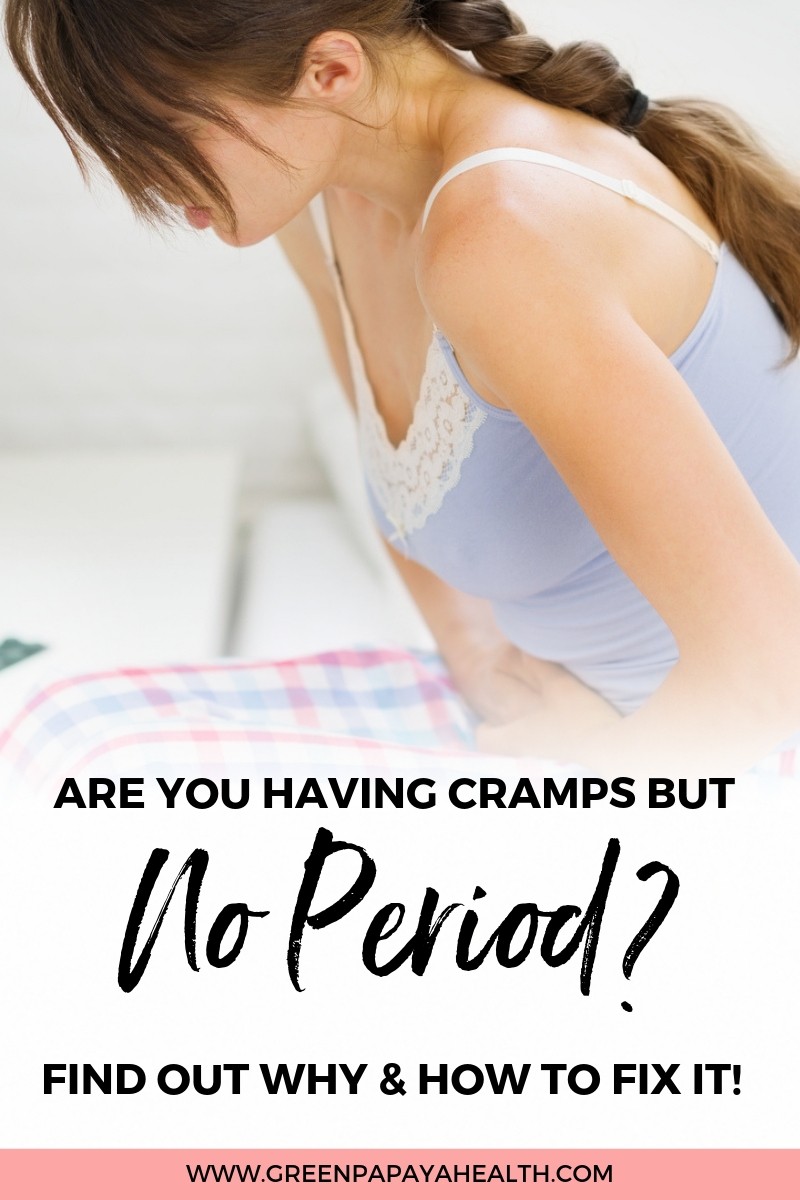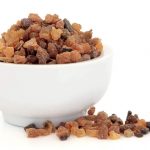
Contents
Why Am I Getting Period Cramps With No Blood?
Period cramps are usually a normal sign of menstruation; however, there may be times when you don’t have blood. Signs of possible other conditions include ovulation, pelvic inflammatory disease, a ruptured ovarian cyst, endometriosis, and irritable bowel syndrome (IBS).
Period cramps, sometimes called dysmenorrhea, are the pain associated with menstruation. Mild pain is a normal part of the menstruation process.
About every month, the ovaries release an egg into the uterus. The endometrial lining thickens as it prepares the body for pregnancy. When the egg isn’t fertilized, the uterus sheds its lining and starts the process over again.
To shed the lining and move the blood out of the body, the uterus must contract. This contraction causes pain experienced as cramping. Some women have period cramps but no blood, which can indicate different health conditions.
Signs of period cramps but no blood
Signs of period cramps may include pain in the lower abdomen or lower back.
Period cramps are pain associated with menstruation, but they may come at different times. There are two categories of period pain:
Primary dysmenorrhea
Primary Dysmenorrhea is the pain that occurs just before or during menstruation. It usually presents during adolescence and varies in intensity.
Secondary dysmenorrhea
Secondary dysmenorrhea is pain caused by a disorder in the reproductive organs. This pain can occur before, during, or after menstruation and usually worsens over time.
Causes of period cramps but no blood
While period cramps are a normal sign of menstruation, there may be times when you don’t have blood. These may be signs of other conditions, including:
Ovulation
You may experience sharp pain or dull cramps when your ovaries release an egg. This is called ovulation and can be mistaken for period cramps. Because this is earlier in the menstruation cycle, your uterus isn’t ready to shed its lining yet, so there is no blood.
Ovulation usually occurs about 14 days after your period and is sometimes called mittelschmerz, which is German for “middle pain” or “pain in the middle of the month”.
Pelvic inflammatory disease
Pelvic inflammatory disease (PID) is an infection in the fallopian tubes, ovaries, uterus, or cervix. This is caused by bacteria often introduced through sexually transmitted diseases such as gonorrhea. Symptoms of pelvic inflammatory disease include:
- Pain in the lower abdomen
- Fever
- Vaginal discharge
- Pain during sex
- Irregular or missed periods
Ruptured ovarian cyst
An ovarian cyst is a fluid-filled sac that develops on or in one of your ovaries. These cysts can develop for different reasons and can rupture. Some women may experience mild symptoms, including pain in the belly or lower abdomen if they have an ovarian cyst.
Endometriosis
Endometriosis is a reproductive disorder that causes endometrial tissue to grow outside of the uterus. When this tissue grows outside of the uterus, it still responds to hormonal changes and can bleed into the pelvis. This causes inflammation, swelling, and scarring around the tissue. You may experience pain similar to period cramps but have no blood. People with endometriosis can have pain even while not menstruating, and sometimes the pain may be worse than period cramps.
Menstruation
You may experience period cramps a day or two before your period starts. It is common to experience period symptoms but no blood yet. This may be a sign your period is starting in a few days.
Irritable bowel syndrome symptoms
Sometimes it can be difficult to differentiate lower abdomen pain from other pains in your body. You may have what feels like period cramps without blood, which may instead be indigestion, trapped wind, constipation, or irritable bowel syndrome.
Tests for period cramps but no blood
To diagnose the cause of your period cramps, your doctor will take your personal and medical history and your symptoms. They may ask you to track your period and symptoms for a few months to see your body’s patterns.
They may also include:
Blood tests
Your doctor may test your blood for hormone levels and to check for pregnancy.
Imaging tests
Your doctor may perform an ultrasound to check for pregnancy or cysts and to check your pelvis. They may also perform a computed tomography scan or magnetic resonance imaging to check the structure of your reproductive organs.
Laparoscopy
Your doctor may perform a procedure called a laparoscopy. This involves a small instrument with a light and camera that allows your doctor to see your pelvis and remove growths without creating a large incision.
Treatments for period cramps
Your doctor may recommend over-the-counter medication to relieve mild period cramps.
For other conditions that cause period cramps but no blood, your doctor may prescribe one or more of the following to manage the underlying condition:
- Birth control pills
- Other hormone therapy medications
- Antibiotics for infection
- Laparoscopy
- Hysterectomy — surgery to remove the uterus and ovaries
- Lifestyle treatments like exercise, sufficient sleep, stress reduction
- Warm baths
- Hot water bottles
Some people also benefit from complementary treatments like:
- Traditional Chinese Medicine
- Acupuncture
- Vitamins like magnesium and vitamin B1
How do you get rid of period cramps fast?
Home remedies include:
- Anti-inflammatory foods: Eating foods with anti-inflammatory properties can reduce menstrual pain. These foods include blueberries, squash, cherries, capsicum, tomatoes, cold-water fish high in omega-3 fatty acids, beans, green leafy vegetables, and almonds. Incorporating these foods into the diet throughout the year, instead of just during menstruation, is advised. Sugary, fried, and fatty foods, white bread or pasta, alcohol, smoking, caffeine, and tobacco can increase cramps.
- Herbs: Chamomile tea, fennel, cinnamon, ginger, turmeric root, fenugreek, and dill are herbs that have anti-inflammatory effects and can reduce cramps. Sipping two cups of chamomile tea per day, starting a week before the period begins, can reduce cramps. Drinking it every month may provide better results.
- Nutritional supplements: Taking fish oil, vitamin B1, vitamin B, and calcium supplements all year round can significantly reduce period pain and improve overall body health.
- Heat therapy: Applying a heating pad, hot water bottle, hot towel, or heat wrap over the abdomen and back helps relax the muscles around the uterus and relieve menstrual cramps. The temperature should ideally be 104°F. Taking a hot bath with bubbles and essential oils or hot showers can also help.
- Exercise: Regular exercise can help reduce menstrual cramps and overall health, including sports, walking, running, swimming, dance, Pilates, or yoga. Women may exercise during their period based on individual comfort levels.
- Massage: Massaging the abdomen with essential oils for five minutes a day or longer can relieve menstrual cramps. Massaging improves blood flow and relaxes the muscles.
- Acupuncture and acupressure: Professional acupressure and acupuncture can reduce menstrual cramps by stimulating specific trigger points. Transcutaneous electrical nerve stimulation therapy uses mild electric currents to stimulate nerves and relieve pain.
- Good sleep: Sleep quality can affect menstrual symptoms. Insomnia increases the risk of dysmenorrhea. Practicing good sleep habits by getting adequate rest and sleep of six to eight hours a day can reduce menstruation pain and cramps.
- Sexual activity: Intercourse during periods is known to reduce cramps. However, condoms must be used because there is a high risk of infection for both partners.
Sources:
American College of Obstetricians and Gynecologists: "Dysmenorrhea: Painful Periods."
Johns Hopkins Medicine: "Management of Ruptured Ovarian Cyst."
Johns Hopkins Medicine: "Endometriosis."
MedicineNet: "Menstrual Cramps and PMS (Premenstrual Syndrome) Treatment."
MedlinePlus: "Period Pain."
National Health Service: "Laparoscopy."
National Health Service: "Ovulation Pain."
Planned Parenthood: "What is PMS (premenstrual syndrome)?"
Office on Women’s Health: "Pelvic Inflammatory Disease."
Office on Women’s Health: "Your Menstrual Cycle."
WebMD: "Menstrual Cramps."


